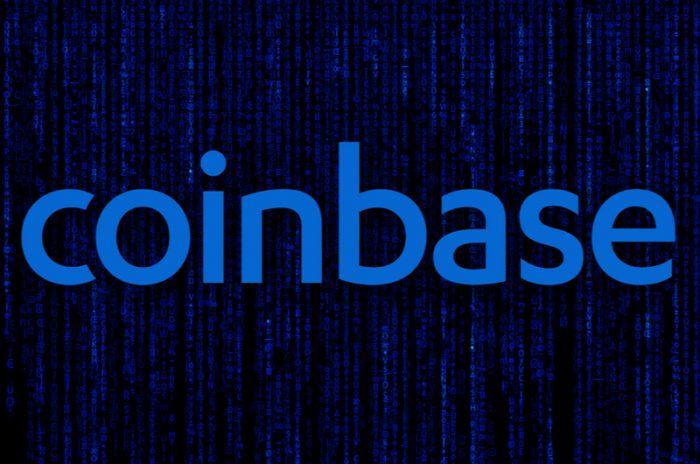Last week, US crypto exchange Coinbase announced that it was planning to go public on 14th April. The company stated that the Securities and Exchange Commission (SEC) had officially accepted its S-1 registration statement, meaning it is set to have the ticker symbol of COIN.
The firm had initially planned to go public back in March but was forced to postpone due to the fact it was under review by the SEC. Also contributing to the setback was the $6.5m settlement it had reached with the Commodity Futures Trading Commission, having faced accusations of false information reports regarding its transactions.
Rather than hiring a bank to broker its IPO, Coinbase has chosen to opt for a direct listing, meaning its current investors will have the option of selling their shares to brand new investors if they wish. Coinbase stated that it would release a reference trading rate the night preceding it being listed on the stock exchange market.
Technically speaking, direct listings such as these are not IPOs in the traditional sense, but they are commonly referred to as such due to the fact that the result of becoming publicly owned, as opposed to privately owned, is ultimately the same. This particular listing has gained attention as Coinbase’s valuation has recently been set at $100bn, having made a profit of $322m in 2020. This is compared to a loss of $30m recorded in 2019.
Freetrade analyst David Kimberley, stated:
By some estimates the company will hit a $100bn valuation once listed, although other reports indicate it could be substantially lower than this. But if it does, it would make Coinbase one of the most valuable financial services businesses in the US — ‘only’ $12bn behind Goldman Sachs.
The typical order and process of the deal, when conducted by investment banks seen in traditional IPOs, is now a thing of the past, with Coinbase’s current owners now beginning to directly sell to new buyers on the Nasdaq.
For its direct listing, Nasdaq had initially set Coinbase a $250 per share reference price, which would value the company at roughly $65.3bn. This reference price was suggested as it reflects previous transactions and investment banker input. However, when shares began to trade, it was actually 52% higher at $381. This upped the value to an impressive $99.6bn.
Read More:
